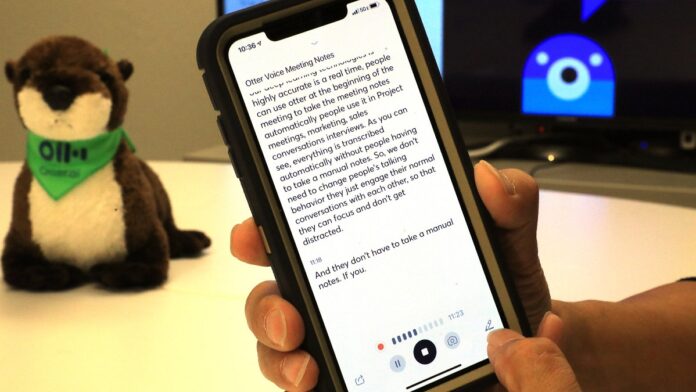The speech to text has become a mainstream technology that is being used in various businesses and industries. The technology offers businesses great convenience to improve the quality, efficiency, and productivity by automating the various daily tasks.
But what goes behind the technology?
Well, in this blog we will be looking at some of the technologies that power speech-to-text engines and how they enable us to identify and understand your spoken words.
The Tech behind Speech Recognition Engine
Speech to text software is basically the speech recognition engine that can listen, analyze, and convert the voices into formats it can read. The uniqueness of the engine is its ability to understand the meaning of the spoken words and take desired actions. Thanks to machine learning and artificial intelligence algorithms powering the speech recognition engine, today the technology has matured and integrated into various roles across various business models.
Now, two important components that are required to understand the spoken words and convert them into text includes a microphone and an internet connection. The speech intended for the engine is sent through the microphone to a central server, where it gets access to the massive and relevant database. The software at the central server segregates the data into small parts which are known as phonemes. A phoneme is defined as the smallest element of a language and represents the sounds of the words that we spoke. For similar sounding words, the powerful machine learning and artificial intelligence algorithms analyze the context of the speech and select the most suited words that fit into the context of the speech.
Some important components of speech to text software include:
1. Analog to Digital Converter (ADC)
Analog to digital converter (ADC) is responsible to transform the analog waves generated by the spoken words (vibrations) into digital formats understandable by the machine. A precise measurement of the sound waves is performed to successfully complete the transformation of analog data (spoken words) into machine-readable digital formats. Such as Google Speech to text technology.
2. Noise removal:
Once the data is transformed into digital format, the noise removal layer is put to work. The purpose of the noise removal layer is to filter any unintended ambient noise from the intended speech. The noise removal algorithm can also be used to segregate the speech into different bands of frequency. Next, the speech is normalized to create a constant volume. Also, at this stage, the frequency of the speech is adjusted to the frequency of the dummy sound that is stored in the system.
3. Signal division:
The next step includes the division of the incoming signals into phenomes (the smallest understandable language bits). In this step, the signals will be divided into thousandth of a second to create phenomes and subsequently match it with known phenomes. The English Language comprises of 40 phenomes and the number of phenomes may vary for different languages.
4. Comparison with trained data:
After the phenomes are generated, these are then compared with the known phenomes and similar-sounding phenomes. Again, to offer precision conversion, the artificial intelligence and machine learning algorithms come into play to perform the contextual comparison of the phenomes with the massive library of trained data sets to understand the context of words, phrases, and sentences. Once the data is compared with the trained data using the statistical model to identify the contextual phenome, the words and phrases are then fitted to create meaningful and accurate sentences in the form of text.
Two different models are being used by speech recognition engines to perform the contextual fitting of the words and phrases. These include; the neural networks model and the Hidden Markov Model. Both of these are complex statistical models that include various mathematical functions to perform the contextual comparison and understand the real information within the data and produce precise text for your spoken speech.
Takeaway
A few decades back the speech recognition technology may have appeared as straight out of sci-fi movie. However, thanks to the rapid advancement of technology, today’s speech to text conversion technology have been matured to the extent that it is now commercially used in various roles to improve the efficiency and productivity of businesses. And while Google, Amazon, and Apple may seem the obvious choice for the technology, there are various other players like Converse Smartly® that have come up with their version of the strong and highly precise speech to text software offering high-value to businesses.








